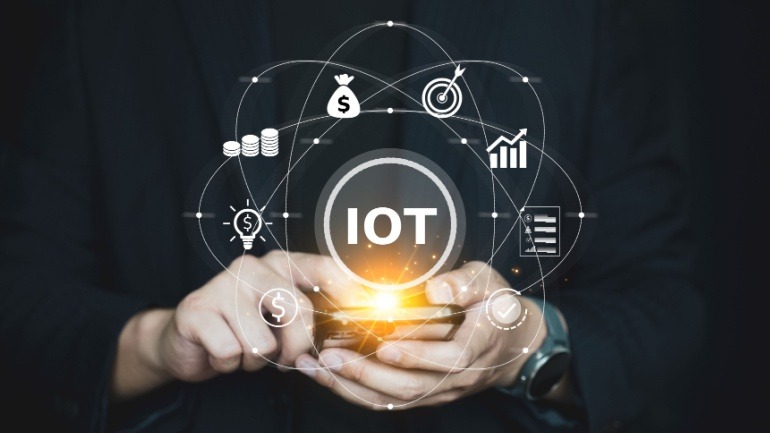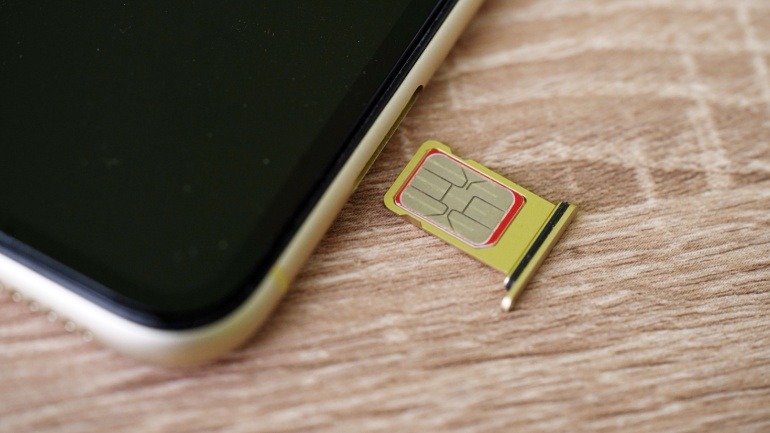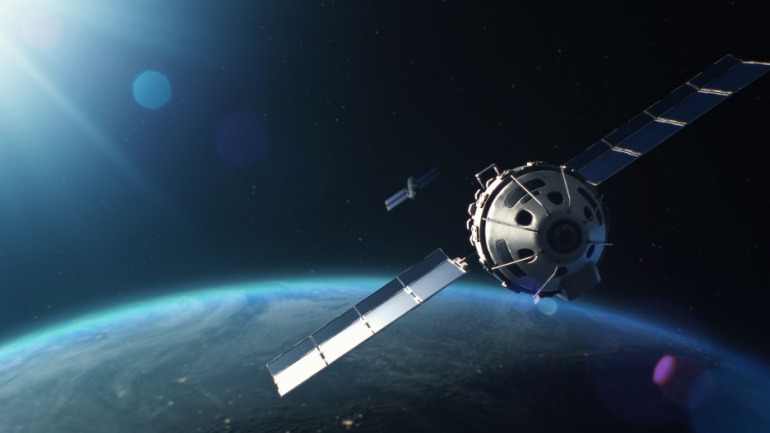T-Mobile US and TCL have unveiled a revolutionary 5G RedCap USB-C dongle, the TCL LINKPORT IK511, in North America. Utilizing the Snapdragon X35 5G Modem-RF System, it delivers impressive speeds up to 220Mb/s.
Kia India and Airtel Business have partnered to integrate IoT technology into Kia’s connected vehicles in India. Leveraging Airtel’s eSIM and IoT Hub, the collaboration enhances telematics, infotainment, and safety.
Cisco’s decision to exit the LoRaWAN market by 2025 marks a significant shift in the IoT landscape. While phasing out LoRaWAN products, Cisco encourages exploration of alternative suppliers through the LoRa Alliance. This ecosystem’s robust growth and diverse vendor availability ensure ongoing development and adaptation, meeting evolving global business needs.
Qualcomm Technologies and STMicroelectronics are set to revolutionize industrial IoT applications with an integrated Wi-Fi/Bluetooth/Thread SoC and STM32 microcontroller combo. These joint offerings aim to streamline development, enhancing seamless connectivity and edge AI on STM32 MCUs.
Britvic has partnered with IoT provider Wireless Logic to implement telemetry data from its new digital flavour taps, enhancing logistics and sustainability. These taps replace up to 10,000 single-use plastic bottles, connecting directly to Britvic’s AWS cloud for real-time insights. This move aligns with Britvic’s Beyond the Bottle initiative.
Vodafone and Kigen have introduced an integrated iSIM service, revolutionizing IoT deployments. This initiative incorporates iSIM chipsets into Kigen’s security package, providing pre-loaded iSIM connectivity optimized for Vodafone’s LPWA networks like NB-IoT and LTE-M.
Barcelona-based satellite IoT provider Sateliot has secured €10 million in a Series B funding round led by Global Portfolio Investments. This investment will enhance Sateliot’s NB-IoT constellation, aiming for 100 satellites by 2028. The company plans to offer real-time global coverage, targeting sectors like agriculture, industry, and logistics.
China’s Ministry of Industry and Information Technology is propelling the mobile Internet of Things (IoT) sector with a robust plan to enhance supply chains, foster innovation, and boost industrial value. This strategy targets intelligent vehicles, healthcare, and smart homes, aiming to achieve 3.6 billion mobile IoT connections by 2027.
Swiss IoT module maker u-blox and UK-based Wireless Logic have partnered to revolutionize IoT connectivity. Integrating Wireless Logic’s Conexa network with u-blox’s cellular IoT modules enables optimal coverage, seamless scalability, and robust performance. This strategic alliance promises enhanced control, faster time-to-market, and unprecedented flexibility for industries like automotive, healthcare, and smart cities.
Qualcomm’s acquisition of Sequans Communications’ 4G IoT technology marks a significant leap in enhancing their VoIP solutions for the industrial IoT market. By integrating Sequans’ specialized cellular semiconductor solutions, Qualcomm aims to offer more reliable and optimized VoIP connectivity. This strategic move bolsters their portfolio, aligning with the growing demand for robust IoT connections.













